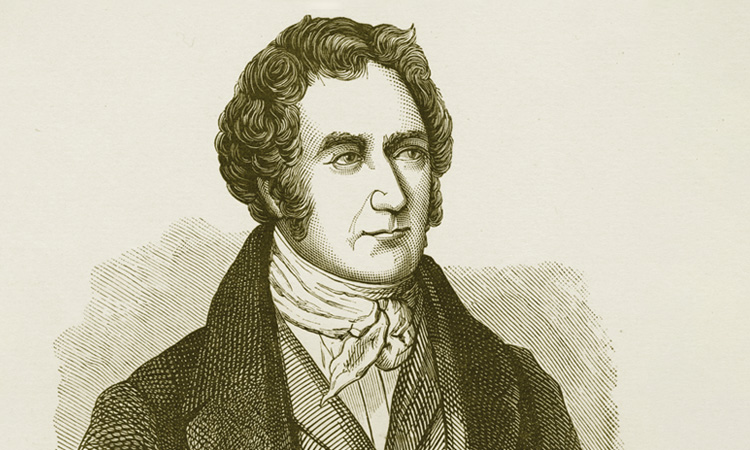Feature
François Arago and the Birth of Interferometry
An excerpt from an upcoming book describes how a handful of 19th-century scientists laid the groundwork for one of the key tools of modern optics.
 Engraving of François Arago, circa 1840. [Photo by Kean Collection / Getty Images]
Engraving of François Arago, circa 1840. [Photo by Kean Collection / Getty Images]
François Arago (1786–1853) was only 20 years old when the Bureau of Longitude selected him and his friend Jean-Baptiste Biot (1774–1862) to extend Le Meridien—the line of longitude passing through Paris—as far south as they could manage. In 1791, the Académie des Sciences had defined the meter as one ten millionth of the distance from the north pole to the Equator along that line, making the meridian the fundamental basis of the new metric system of measurement.
…Log in or become a member to view the full text of this article.
This article may be available for purchase via the search at Optica Publishing Group.
Optica Members get the full text of Optics & Photonics News, plus a variety of other member benefits.
